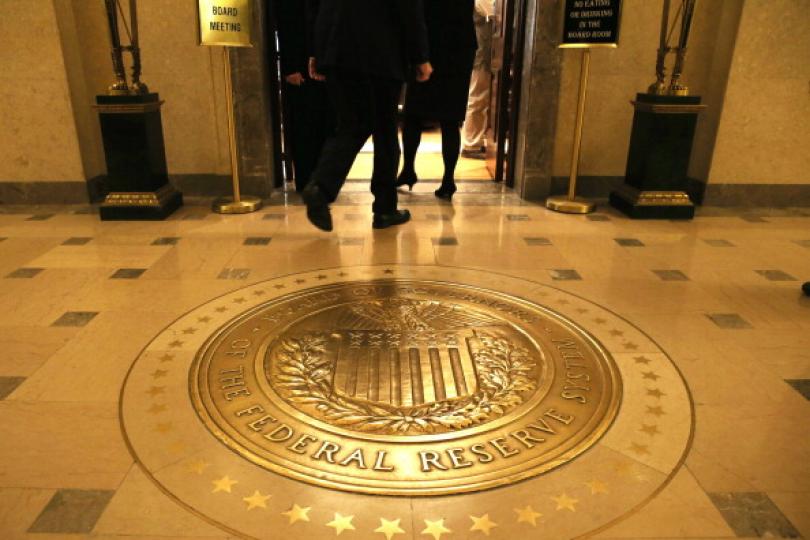Fed’s Rosengren calls for faster interest rate hikes

Boston Fed President Eric Rosengren on Monday called for the U.S. central bank to step up its pace of interest rate increases from the once-a-year pattern it has pursued since 2015, warning of inflation risks if it does not.
“I expect that appropriate monetary policy will need to normalize more quickly than over the past year,” Rosengren told the Connecticut Business and Industry Association.
At 4.7 percent, unemployment is at a level that is sustainable over the long run, he said, and inflation is on track to reach the Fed’s 2 percent target by the end of this year. If the unemployment rate falls further, he said, inflation could overshoot that target, “which would place the economic recovery at risk.”
Rosengren, who does not vote on the Fed’s policy-setting committee this year, was long considered a dove, supporting low rates to boost employment even at the risk of some inflation. Over the past year he has become more hawkish, calling for rate hikes even as the Fed kept policy on hold for most of 2016.
The Fed raised interest rates in December by a quarter of a point and policymakers signaled they expect to hike rates three more times in 2017. That pace, which is faster than markets currently expect, “seems reasonable if we continue to see real GDP growing faster than the so-called ‘potential’ rate,” Rosengren said, though he said the timing of rate hikes will depend on economic data, global conditions and fiscal policy.
U.S. stocks have risen sharply since the election of Republican Donald Trump, who is expected to cut taxes and has also promised infrastructure investment and higher economic growth. Consumer spending, which has been the engine behind the U.S. recovery, tends to be stronger when the stock market does well, Rosengren said, so the Fed will incorporate that into its forecasts.
While the current growth outlook does not require the U.S. central bank to raise rates at every policy-setting meeting, as it did from 2004 to 2006, the Fed does need to reduce monetary policy accommodation, he said.
“My own forecast is that we will achieve both elements of the dual mandate by the end of 2017, and as a result, I believe that a still gradual but somewhat more regular increase in the federal funds rate will be warranted,” he said.










